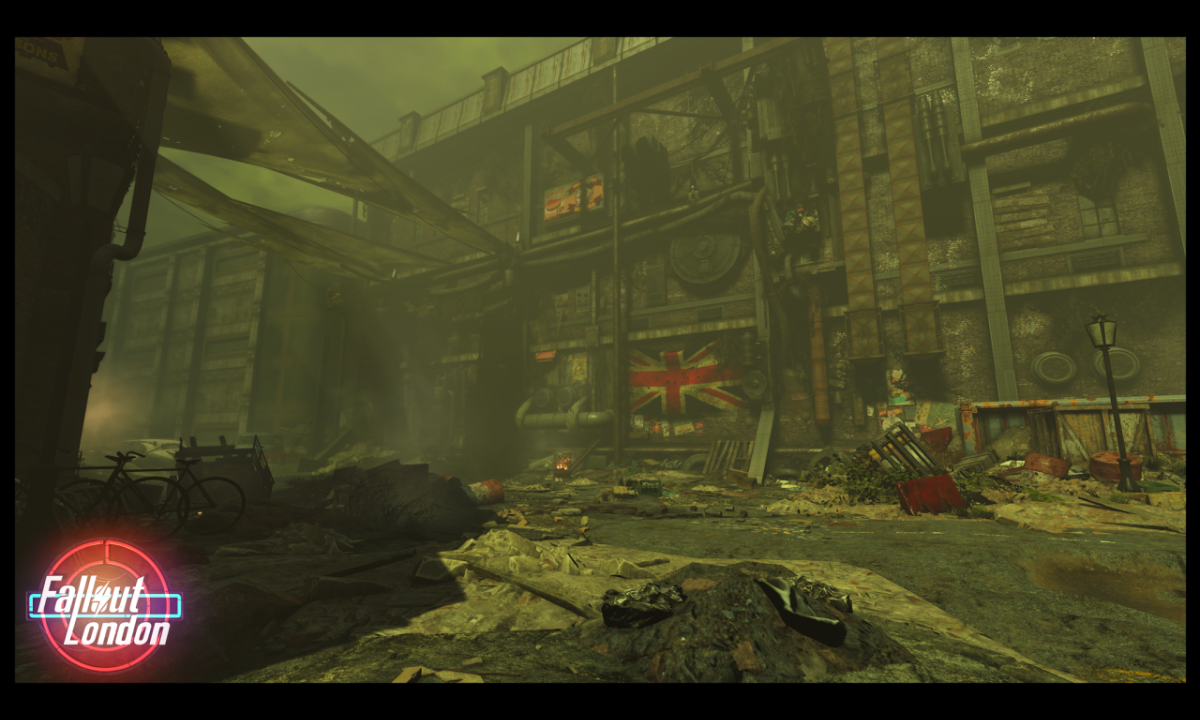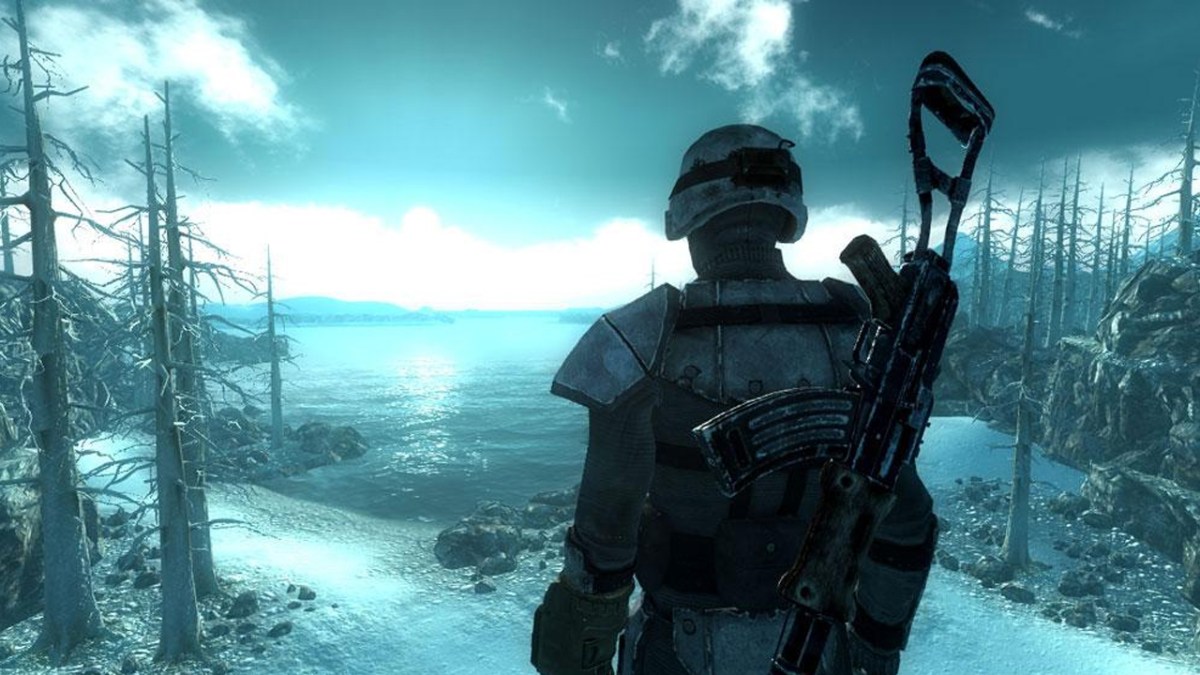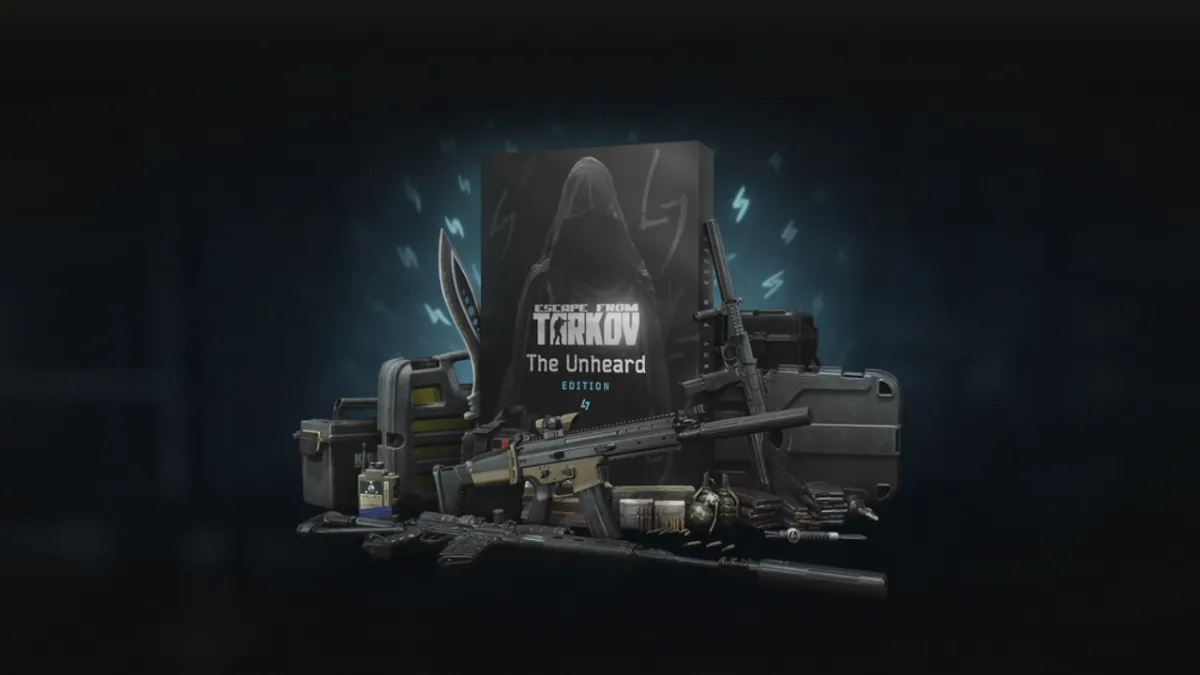At first glance, you may not be impressed with the new NVIDIA Shield. It looks just like every other micro-console on the market. Perhaps a little slicker in the design, but even these are a dime a dozen in the crowded set/top box Android-micro-console market. A remote, game controller, there does not seem to be anything new per se. And, you can call me crazy for saying this, but-I think it could be a game changer.
Aside from offering and doing what other PC oriented consoles do, NVIDIA is trying to sell it as a streaming device, with the launch of its upcoming NVIDIA GRID cloud gaming service, but I don’t think that’s the real head-turner. As we have seen from other companies, cloud streaming is only as good as the internet service in your area. For most, even in North America, not everyone is capable of high-capacity bandwith. Most average between 10 and 11.5 Mbps.
Is Cheaper, Better?
So, if it’s not the cloud streaming service NVIDIA is eager to sell, then why do I think it’s a game changer? My comfort and theory simply lies in the price. That $200 wasn’t slapped on as a subsidy. NVIDIA has finally cashed in one of its best cards, using the powerful new Tegra X1 Maxwell GPU.
Let’s get one thing straight: NVIDIA has made something impressive with the Tegra X1. Yes, we have seen similarly matched power on a desktop computer over the years, but by miniaturizing the technology, it has now become cheaper to make. More importantly, the efficiency is also comes dual-wielded, allowing the average consumer to be competent in the PC gaming market.
Can it Run Crysis?
So, just to refresh everyone’s memory, this chip can handle 4K-video at 60Hz, easily. It’s also the first mobile chip capable of 1-Teraflop of throughput. The first time any computer did this, it was a supercomputer in the year 2000, and it needed over 1-million watts to do so. That technology has been refined and scaled in order to provide that same experiences in a compact device, something in which further emphasizes the rules of technology growth.
The commercial applications are obvious from the get-go, with a host of 7th generation games, including: DOOM BFG Edition, Talos Principle, Borderlands: The Pre-Sequel, and all three Crysis games. All of which were not only demonstrated to work, as recently as a few weeks ago at GDC 2015, but all performed exceedingly well on the console.
Here’s another demonstration of the NVIDIA Shield’s power. Check out these screenshots from an Unreal Engine 4 demo called The Infiltrator.
4K and Beyond…
Can the ‘Shield match what the PlayStation 4 and Xbox One are capable of? The answer is “Sort of.” Of course, games like The Witcher 3: Wild Hunt and The Phantom Pain have been shown running on GRID. If NVIDIA can do this now, however, we can make an educated guess that the PlayStation 4 and Xbox One’s performance could be matched with further optimization and development.
Even more than that, consider how we have seen PC gaming overtake consoles in terms of tech-specs in correlation to rapidly developing graphic card technology. It was actually only a few years ago that NVIDIA and AMD reached the point that they could sell 4K capable cards to the consumer market. It really would not take that long for the Tegra X1’s successor to be widely available, be 4K capable, and still be cost-effective.
This doesn’t only mean exciting times for PC gamers, but those who want to break into a platform where Steam is the king-of-stream. Development seems like a top-mind awareness for the graphics developer. It’s definitely invested a lot into this initiative, to a degree that its closest rival, AMD, has steered clear of the market entirely. This is the kind of technology Sony, Microsoft, and Nintendo would love to have on their current or upcoming consoles-and NVIDIA has it now. For only $ 200.
The real question right now is: Can NVIDIA make inroads in the market? I think it’s a matter of playing the right cards. I’m afraid that the hardware giant may start to think it can just reissue another micro-console every year, and treat this as a boutique product, instead of touting it as actual console competition.
Some gamers may scoff, but there’s definitely still a market there for older games. Look at all the remakes and reissues that we’ve received since 8th generation started. Also, consider how the market for older games on PC remains lucrative.
In spite of the limits of the current cloud-streaming market, NVIDIA could see some money from their GRID service. Frankly, I think it’s unlikely to make consumers choose to buy the likes of The Witcher 3 and Arkham Knight on the Shield over the PlayStation 4 or Xbox One. They could alleviate this with sales and discounts, but that’s something other platform holders can also do.
Slice of the Market Pie
Their prospects could also be much better if they brought in the world of online PC gaming to the Shield GRID, with many MMO’s and MOBA’s out there finding large success with Free-to-play business models. After all, Microsoft themselves have opted to go this route with their upcoming title Fable Legends.
Again, the Shield’s true potential doesn’t lie in cloud streaming, but making the gaming accessible. The NVIDIA Shield could have a tangible future as a console platform if the company doubles-down on the consumer pitch and contracts with game developers. Ultimately, gamers have bought into the conceit that consoles are a cheaper platform to buy the latest games. If the micro-console can offer the same games, and then match it price for price, they will have a genuine contender.
We are at a cusp of a possible gaming revolution, now that VR is looming on the horizon. However, with all these companies jumping in with their different headsets, we know that the early years will be plagued by high prices, performance issues, and possibly even some new health concerns. Add to this the fact that a VR headset will be a considerable investment, way more than buying four Wii-motes for Mario Kart multiplayer. Not everyone will be able to afford to jump into VR, now, or possibly even a few years from now.
Ultimately, the Tegra X1-powered Nvidia Shield could jump start a gaming revolution of its own, from the opposite end of the spectrum from VR. Rather than introduce a new product category, a brave innovative risk that could go either way, the Shield could lower the barrier of console games even further, making them cheaper to obtain, and more accessible to a wider audience.






